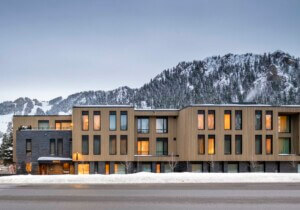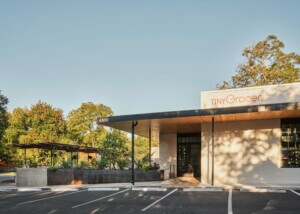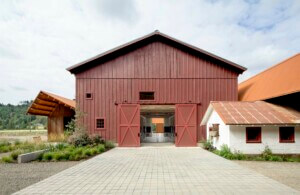It is difficult to locate a site more synonymous with the lap of luxury than the Palace of Versailles. Established in 1682 during the reign of Louis XIV, also known as the Sun King, the palace complex was the primary royal residence for the French monarchy who consistently expanded the complex to ultimately encompass over 2,500 acres of landscaped grounds and dozens of stately baroque and Neoclassical halls. That is, of course, until the French Revolution toppled the monarchy in 1789 and requisitioned the palace for the fledgling French Republic; it has served as the Museum of the History of France since 1833. In a slightly less dramatic turn of events, the Palace of Versailles is now opening itself up to overnight guests with a new luxury hotel within a 17th-century guest house.
The new hotel has been dubbed the Airelles Château de Versailles, Le Grand Contrôle, and consists of 14 rooms decorated with baroque trappings: ornately molded walls, a motley crew of chandeliers, and a range of oil-based landscape paintings with gilded frames. The building itself dates back to 1681 and was designed by court-favorite Jules Hardouin-Mansart, and primarily served as a guest house for visiting diplomats and artists. The renovation of the historic structure was led by architect and interior designer Christophe Tollemer, in collaboration with heritage specialist Emmanuelle Vidal-Delagneau and a team of artisans and craftspeople.
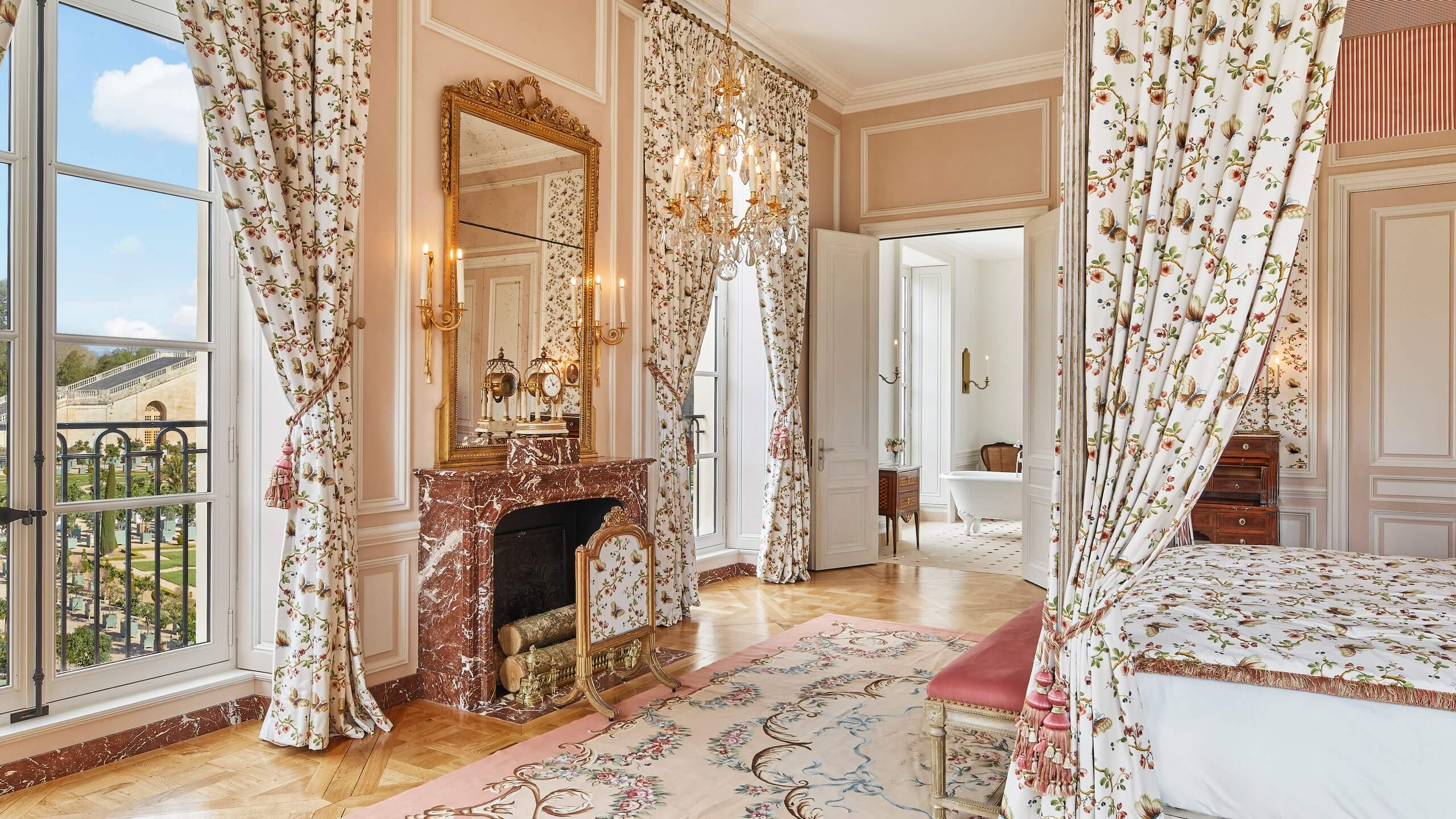
Guests will have 24/7 access to the surrounding Orangery Gardens, as well as morning tours of the main palace and evening tours of other renowned structures across the complex. However, luxury does not come cheap, and the starting rate comes out to around $2,000 per night.
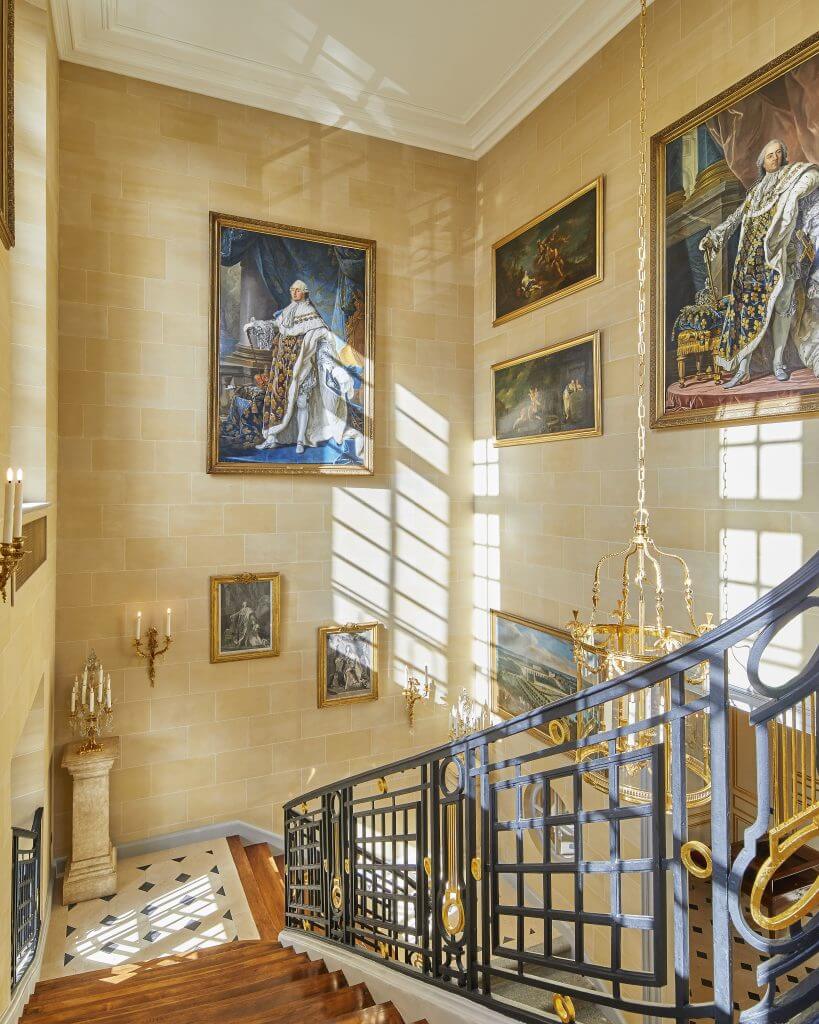
As reported by AFAR, the project is about a decade in the making and follows a 2015 call for bids by the Palace of Versailles to renovate three buildings across the complex for conversion into hotels. Revenue generated through the arrangement will partially go towards the mounting maintenance costs associated with building conservation and the general wear and tear associated with attracting nearly 8 million annual visitors.
While the next revolution does not appear to be nigh, it’s safe to say that bank accounts (if not heads) will roll.








